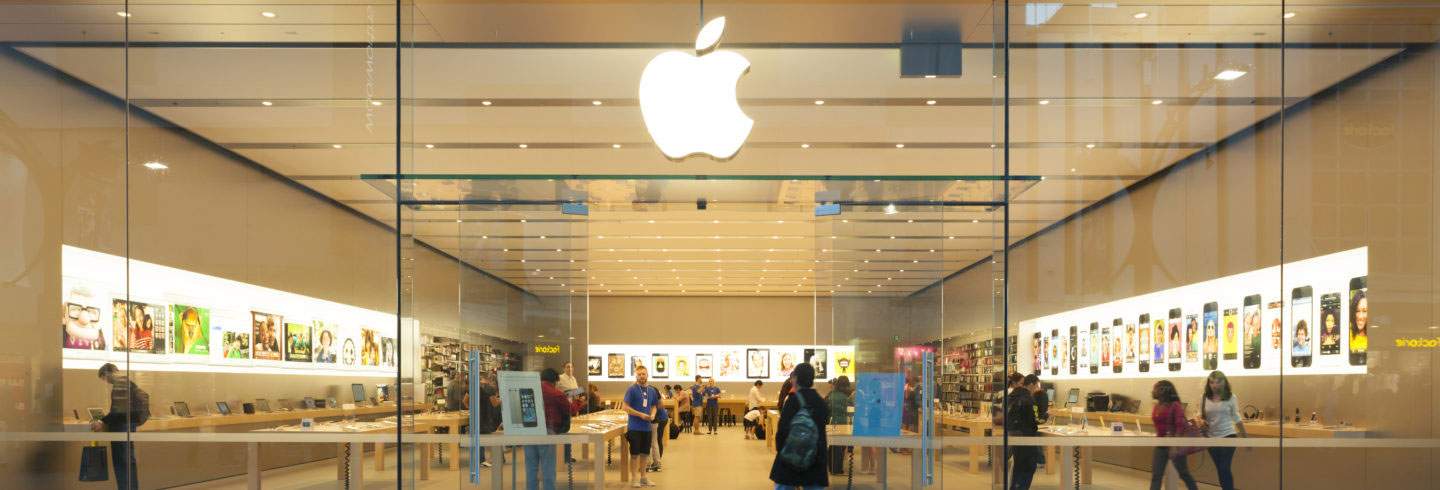As retail continues to evolve, we often get asked, “will the role of in-store communication change?” We believe that the balance will shift to more of a focus on inspiration and branding but the same principles of in-store communication will remain. In-store design principles are based on behavioral science and how people experience retail environments. From a communication standpoint, for centuries people have loved to tell and hear stories and retailers can use this to their advantage. The story of your brand or store can be effectively reinforced with in store communication. We have five basic principles of effective in-store communication. Some appeal to the head and some to the heart but together they can be used to tell the story of your store.
Branding
In-store communication ultimately must translate what the brand stands for in the marketplace or industry. As we see an increase in showrooming and experiential elements in retail, the role that branding will play will increase. Creating a unique brand experience will become even more important. Exterior as well as interior communication should carry throughout the store to bring the brand to life. This type of communication should be an experience that creates an emotional connection with a customer that they easily remember. Even small details can reinforce your brand and integrate your store aesthetic.
Navigation
While not as exciting as branding, navigation based communication helps ensure a positive customer experience. Assisting the customer to find what they came in for increases the likelihood that they will return. While navigation can be more functional with concise and easy to understand fonts and images, it is important that navigation links to the store image. The importance of navigation type signage is influenced by the amount of complexity in-store. Think about an Apple store where products are clearly displayed versus a mass retailer. The Apple store does not require the same type of navigation based signage.
Inspiration
The majority of in-store decisions are driven by “System 1” thinking so inspiration plays an important role in store communication. Inspiration can take many different forms and can simply be showing a product in use or can be lifestyle or something that will trigger emotional connection and interest. Inspiration should be multisensorial. When you can interact, engagement increases. This also appeals to how different people learn whether more visual, auditory or sensory hands-on learners. Providing inspiration allows shoppers to create the relevance and connection to their lives and imagine how they would use your product if they see it in use.
Information
In store communication can also serve a practical purpose for communicating store or product information. This type of communication serves to make the shopping experience easier overall. Often information based communication is functional, however it can be combined with the overall brand message or aesthetic to help reinforce the brand positioning. Innovative retailers look for unique and different ways to communicate more functional information.
Activation
Effective communication will encourage a customer to take action to do something – buy a product, seek more information or tell someone else about a product. The key to effective activation based communication is to understand the shopper mindset and how best to trigger behavior based on a shopper insight.
Together, these 5 functions (branding, navigation, inspiration, information and activation) tell the story of your store and provide the basis for effective in-store communication. If you want your customers to engage more with your store, keep these five principles in mind when developing your communications.

